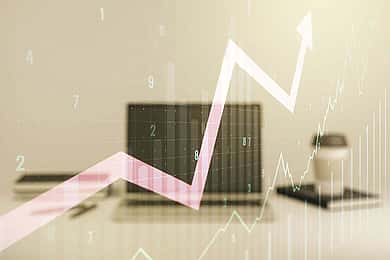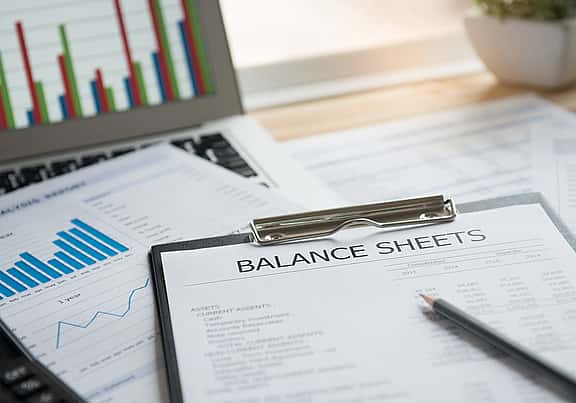WHAT IS A BALANCE SHEET? Q&A
What is a balance sheet?
A balance sheet of a company is a financial statement that reports a company's short-term and long-term assets, liabilities, and shareholder equity at a given moment in time. It provides a snapshot of a company's finances (what it owns and owes) as of the date of publication.
What are the components of a balance sheet?
The components are Assets, Liabilities, and Shareholder Equity. Each of these will have several subdivisions.
How does a balance sheet work?
The balance sheet provides an overview of the state of a company’s finances at a specific point in time. For a complete overview, it should always be compared with balance sheets from previous periods. The balance sheet adheres to this accounting equation Assets = Liabilities + Shareholder Equity.
What is the purpose of a balance sheet and why is it important?
It is a useful tool used by investors, regulators, executives, and analysts to help understand the current financial situation and health of a business. It is often used with two other financial statements, the income statement and the cash flow statement. Balance sheets from other businesses in the same industry sector should be compared.
Is a balance sheet useful to get a sense of trends?
No, on its own the balance sheet just gives the situation at a specific moment in time, it cannot give an idea of trends over a longer period. To get a sense of trends over time other financial statements should be consulted as well.
What are the three core financial statements?
The three core financial statements used for reporting a company's financial performance over a specific accounting period are the balance sheet, the income statement, and the cash flow statement. As mentioned in question 1 above, a balance sheet gives a snapshot of what a company owns and what a company owes. An income statement reports income through a particular time period and focuses on four key items - revenue, expenses, gains, and losses.
Finally, the cash flow statement acts as a link between the income statement and the balance sheet by showing how money moved in and out of the business. This is broken into three sections - operating activities, investing activities, and financing activities.
Who prepares the balance sheet?
That depends on the company and on its size. The owner or company bookkeeper generally prepares the balance sheet for a small company. For a mid-sized business, it is often prepared internally and then reviewed by an external auditor. However public companies must have external audits and adhere to very specific bookkeeping standards.
GRENKE works with thousands of SMEs across Ireland tailoring the perfect financial solutions to fit their business plans. Find out how your business can benefit today.
Talk to GRENKE Today!
As one of the leading financial service providers in the Irish market, GRENKE’s slogan is ‘Fast, Forward, Finance’. GRENKE offers entrepreneurs fast and flexible financial solutions through a range of services including leasing and invoice finance. We match the perfect financial solution to your unique business needs, from small businesses to large enterprises.
Over the last 40 years, GRENKE has provided leasing to numerous styles of businesses and organisations; sole traders, partnerships, public and private limited companies, associations and organisations, medical, health, and educational providers, public hospitals, semi-state institutions, Government bodies and so much more.
Our expertise and strong market position are no coincidence. If you are a business owner looking for financial solutions in Ireland or advice on fast and flexible financing, talk to a GRENKE Account Manager today.











